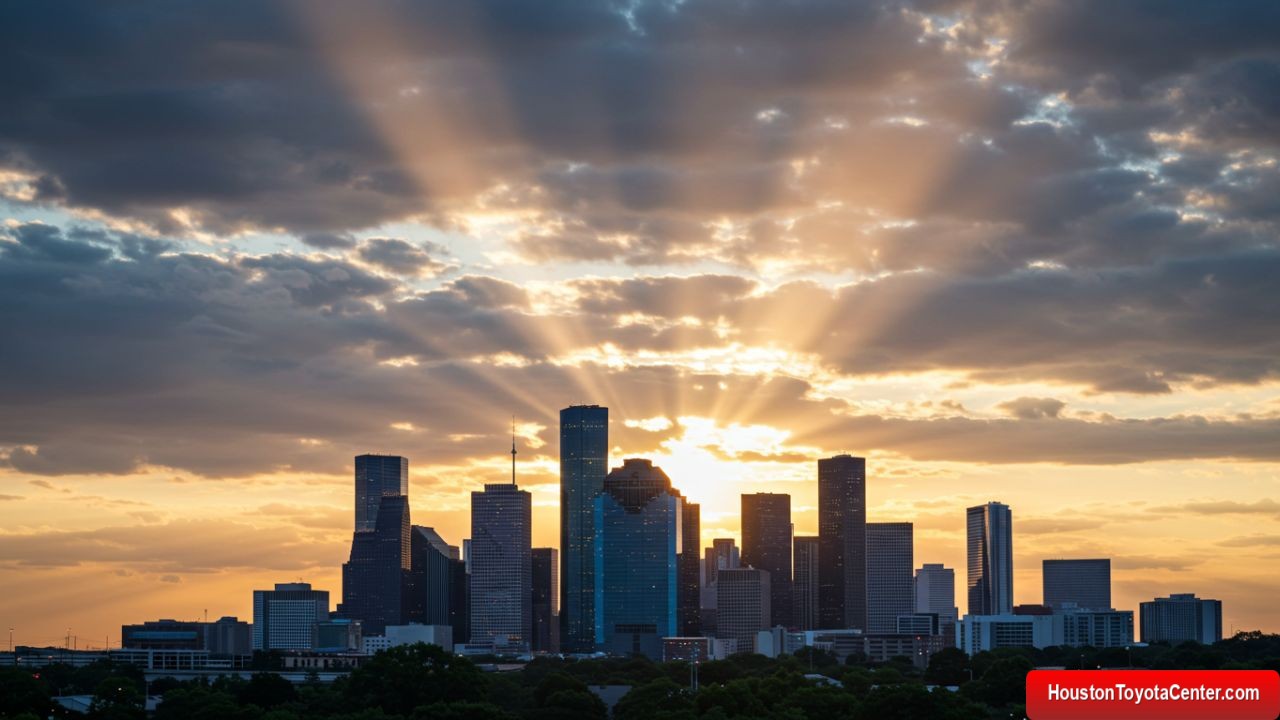Gentrification has become a pressing issue in cities across the United States, and Houston is no exception. Known for its vibrant diversity and sprawling neighborhoods, Houston is experiencing significant changes as gentrification reshapes the socio-economic landscape. This phenomenon brings both opportunities and challenges, impacting residents, businesses, and community structures. Understanding how Houston’s neighborhoods are adapting to gentrification is key to ensuring equitable development and preserving the cultural fabric that makes the city unique.
The Dynamics of Gentrification in Houston
Houston’s rapid growth is fueled by a booming economy, an influx of new residents, and major investments in infrastructure and urban development. These factors have led to a steady rise in property values, rents, and redevelopment efforts. Traditionally low-income neighborhoods are witnessing a demographic shift as higher-income families and individuals move in, drawn by the city’s affordability compared to other major metropolitan areas like New York or San Francisco.
Key Drivers of Gentrification:
- Economic Growth: Houston’s robust energy, healthcare, and technology sectors have attracted a workforce with higher disposable incomes.
- Urban Redevelopment Projects: Initiatives such as the redevelopment of Midtown, East Downtown (EaDo), and the Buffalo Bayou have spurred interest in previously overlooked areas.
- Population Growth: With more than 2.3 million residents in the city and 7 million in the metropolitan area, housing demand is at an all-time high.
- Transportation Improvements: Expanded public transit and bike-friendly infrastructure have made formerly inaccessible neighborhoods more attractive to young professionals.
Neighborhoods at the Epicenter of Gentrification
1. The Heights
The Heights, once a quaint neighborhood with historical bungalows, has transformed into one of Houston’s most desirable areas. Over the past decade, it has seen a surge in luxury townhomes, upscale restaurants, and boutique shops. While this has elevated the area’s profile, long-term residents often struggle with rising property taxes and a changing community dynamic.
2. Third Ward
Rich in African-American history and culture, the Third Ward is undergoing significant redevelopment. Projects like the University of Houston’s expansion and the Emancipation Park renovation have brought attention to the area. Community leaders are working tirelessly to preserve its cultural heritage through initiatives like Project Row Houses and local advocacy groups.
FREE: Quickly identify and understand problems with your vehicle 🚘
CLICK HERE3. East End
Known for its strong Hispanic influence, the East End is experiencing rapid gentrification driven by its proximity to downtown and the construction of new housing developments. Efforts to celebrate its heritage, such as the East End Street Fest and murals reflecting its history, aim to balance modernization with cultural preservation.
4. Fifth Ward
Dubbed the “Nickel,” the Fifth Ward has historically been one of Houston’s most underserved areas. However, redevelopment efforts are attracting new investments and residents. Nonprofit organizations and community groups are advocating for affordable housing and support for long-term residents to mitigate displacement.
Challenges of Gentrification in Houston
While gentrification brings economic revitalization and improved infrastructure, it also raises critical concerns:
1. Displacement of Long-Term Residents
As property values rise, many low-income families are forced to relocate. In neighborhoods like the Third Ward and Fifth Ward, this has disproportionately impacted African-American and Hispanic communities, eroding their historical roots.
2. Loss of Cultural Identity
Gentrification often homogenizes neighborhoods, replacing culturally significant landmarks with commercialized ventures. This loss is acutely felt in areas like the East End, where Hispanic traditions are being overshadowed by new development.
3. Affordable Housing Crisis
Despite Houston’s reputation for affordable living, gentrification has led to a shortage of affordable housing in many neighborhoods. Rising rents and home prices create barriers for low-income families to remain in their communities.
4. Economic Inequality
The wealth gap between new residents and existing communities can lead to social tensions. Small businesses often struggle to compete with new, more expensive establishments catering to higher-income demographics.
Strategies for Adaptation and Inclusion
Houston’s neighborhoods are employing various strategies to adapt to the challenges of gentrification while striving for equitable growth:
1. Community Land Trusts (CLTs)
Organizations like the Houston Community Land Trust are working to provide affordable housing options by acquiring land and leasing it to low-income families at reduced costs. This approach ensures long-term affordability and community stability.
2. Affordable Housing Initiatives
Citywide efforts, such as the Houston Housing Authority’s affordable housing programs, aim to address the housing crisis. Incentives for developers to include affordable units in new projects are also being explored.
3. Cultural Preservation Programs
Grassroots movements and nonprofits are actively preserving the cultural identity of gentrifying neighborhoods. Initiatives like public art projects, cultural festivals, and the protection of historical sites play a crucial role in maintaining community heritage.
4. Zoning and Policy Reforms
Although Houston is known for its lack of traditional zoning laws, policymakers are considering regulations to manage gentrification’s effects. Inclusionary zoning, tax abatements for long-term residents, and rent control measures are among the proposals.
5. Community Empowerment and Advocacy
Empowering residents to take an active role in shaping their neighborhoods is vital. Town hall meetings, local advocacy groups, and partnerships between communities and city officials foster inclusive decision-making processes.
Success Stories in Managing Gentrification
Despite its challenges, Houston has seen notable examples of neighborhoods adapting to gentrification:
Project Row Houses in Third Ward
Founded in 1993, this initiative has successfully blended art, affordable housing, and community engagement. It has become a model for preserving cultural heritage while embracing change.
East End’s Navigation Esplanade
This development combines modern amenities with a focus on the area’s Hispanic heritage. Events like farmer’s markets and cultural festivals celebrate the community’s roots while attracting new visitors.
Emancipation Economic Development Council (EEDC)
The EEDC focuses on economic empowerment and cultural preservation in the Third Ward. Through small business support and affordable housing programs, the council promotes sustainable growth.
The Road Ahead
As Houston continues to grow, the challenge lies in ensuring that gentrification benefits all residents without displacing those who have long called these neighborhoods home. Collaboration between city officials, developers, and community groups is essential to achieving balanced development.
Investment in affordable housing, cultural preservation, and inclusive policies can create a model for urban growth that respects the past while embracing the future. By prioritizing equity and inclusion, Houston has the opportunity to lead the way in managing gentrification’s impacts effectively.
Conclusion
Gentrification in Houston is a complex issue, intertwined with economic, cultural, and social dynamics. While it presents significant challenges, it also offers an opportunity to reimagine urban living in ways that are inclusive and sustainable. The city’s neighborhoods, rich in history and diversity, must be at the forefront of these efforts. By addressing displacement, preserving cultural identity, and fostering community engagement, Houston can navigate the challenges of gentrification and emerge stronger, more united, and more resilient.


Leave a Reply